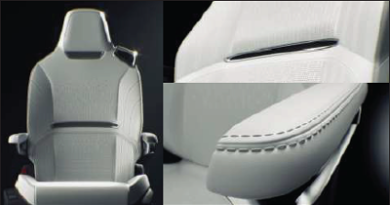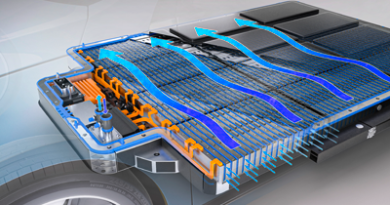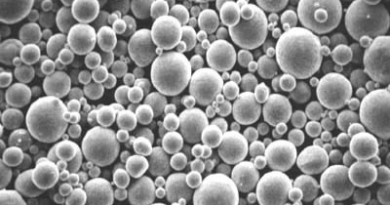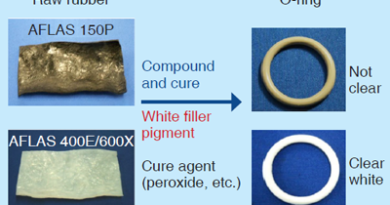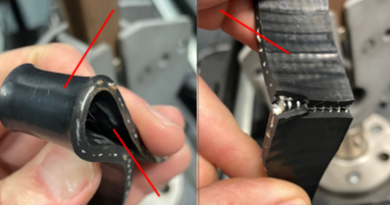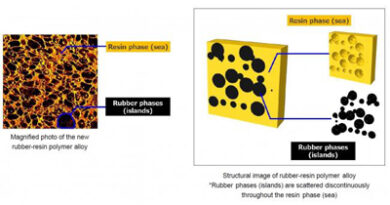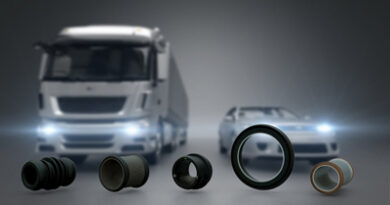Synthetic leather combines genuine leather qualities with sustainability
Synthetic leathers made from silicone (Si) have superior tactile feel, durability, recyclability, ease of cleaning and inherent fire resistance, but have poor abrasion and cratch resistance due to the inherent properties of silicones. LuxSense is a first of its kind silicone-organic hybrid synthetic leather that combines the benefits of both to become the first synthetic leather that competes with authentic leather on performance, and exceeds all leathers on sustainability.
Read More
